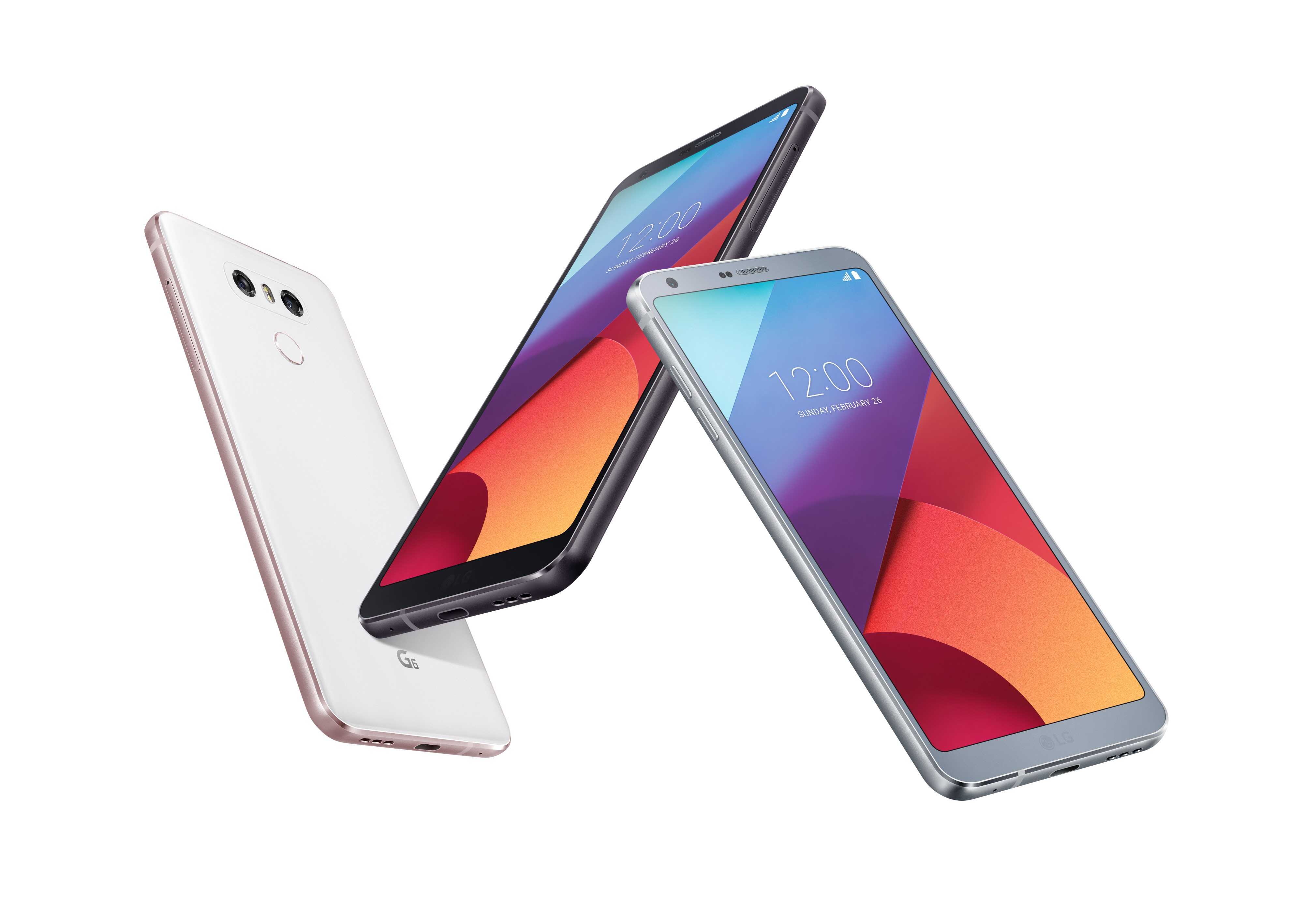LG G6's wide screen can't provide a wide lead


The LG G6
There's a bit of disappointing news for those who were expecting LG's G6 to be a completely bezel-free phone. While the phone's display dominates its front, it still features small non-screen borders at its sides and slightly larger ones at its top and bottom sandwiching its display's rounded corners.
MWC 2022
But while the G6 may not be an all-screen device, its screen is still -- by far -- the biggest part of the product's story. While a high screen-to-body ratio like the G6's is typically desirable, LG points out its particular relevance for a phone. We place great importance on our ability to use -- or at least reliably grip -- the device with one hand, but this conflicts with the desire for a large screen. Largely because of the small bezel, the G6 pack a 5.7" display into a device that's easier to grasp than many phones with a 5.5" display.
The other reason this is possible is because of the G6's first-to-market 18:9 aspect ratio, an elongation of the 16:9 aspect ratio found in many modern smartphones. Alas, this entails a tradeoff, breaking native aspect ratio compatibility with many movies. However, LG notes that more movies are being shot at 18:9 and that video providers such as Netflix are adapting their apps to better present 16:9 movies when presented on the taller/wider displays. It also leads one to question whether a 21:9 aspect ratio phone is in the offing.
While native 18:9 content may be in short supply, though, that doesn't mean the LG is a poor choice for video viewing. To the contrary, the G6 supports Dolby High Dynamic Range imaging, which provides a wide range of luminosity in the picture with fewer blown-out highlights or blackened grays. The Dolby standard offers a few advantages, at least on paper, versus a competitive standard, HDR 10.
Unfortunately for LG, none of these display differentiators will last very long. Samsung, for example, is expected to adopt an 18:9 display when it introduces the Galaxy S8 next month and Apple is expected to follow suit in the fall. That could be trouble for LG because its list of improvements isn't as expansive as its new screen. One addition: a wide-angle lens option in addition to a normal view on the rear of the phone. The G6 manages transitioning between them smoothly, even in the middle of recording video.
The toast of Mobile World Congress as Samsung could but tease its next Galaxy S, the G6 is easily the best-looking -- and best-feeling -- phone that LG has produced in the smartphone era. In this respect, it's a hard right turn away from the G5, the half-hearted effort at creating a modular phone that roped in such non-modular accessories as the company's long-established LG Tone Bluetooth headset and a 360-degree camera. Months later, Motorola would debut a far better executed modular phone architecture with the Moto Z. A number of startups are now supporting its Moto Mods architecture via Indiegogo projects. But the jury for modular phones is still out.
LG once jumped on Samsung's move away from offering a replaceable battery and expandable memory with the Galaxy G6. But the momentum behind integrated batteries has proven too difficult to resist as the company has had to improve its water resistance to remain competitive. Now, instead of reacting to Samsung's missteps, it's gotten ahead of its larger competitor. The G6's design creates an instantly recognizable advantage, but one that may not be sustainable for long.